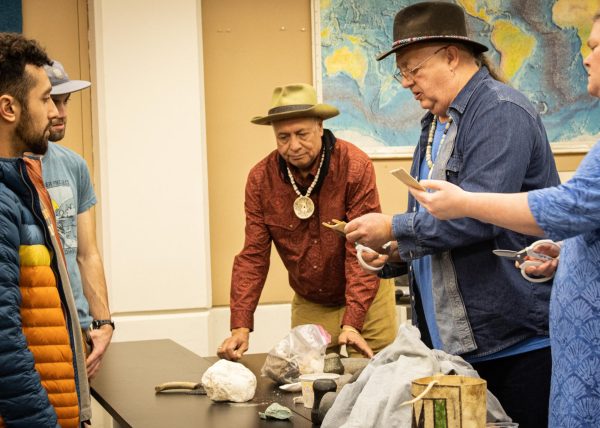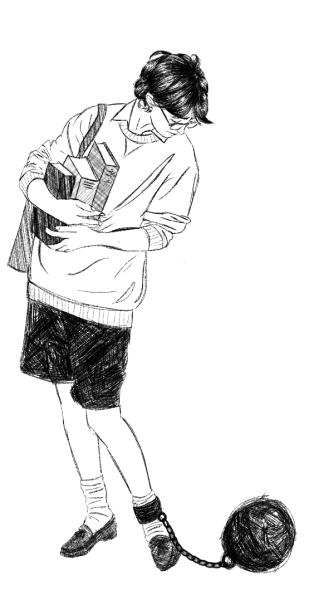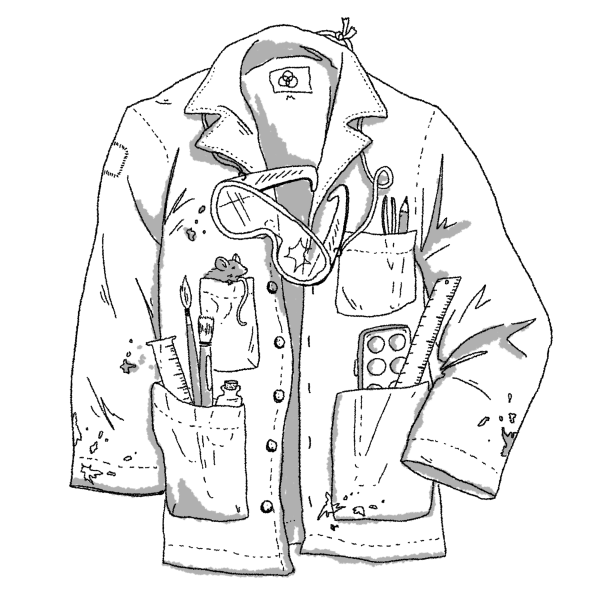STEM and the liberal arts
May 13, 2020
In “This Is Water,” David Foster Wallace writes, “there are these two young fish swimming along and they happen to meet an older fish swimming the other way, who nods at them and says, ‘Morning, boys, how’s the water?’ And the two young fish swim on for a bit, and then eventually one of them looks over at the other and goes, ‘What the heck is water?’” A liberal arts education is supposed to do something like this: direct students’ attention so that they cannot help but discover the reality of our situation. Through the diversity of academic inquiry, students gain a toolkit for operating in the world together as humans.
This, on its own, could be seen as ambitious. If only the reality of our situation was as simple as “water.” The process of exposing us to our world, in the way of the liberal arts, is a constant process of seeing the same things over and over in new ways. Ideally, our education equips us with a background of paradigms by which to see the world, and with this toolkit, we have control over how and what we think.
To make my position clear: science is a core pillar of a liberal arts education. If a liberal arts college did not provide specific education in the sciences to students who want it, it would certainly be doing something wrong. However, the liberal arts ideal runs counter to specialization in general; nowhere is specialization more mandatory in today’s climate than in STEM fields. To believe that a student can both garner the liberal arts badge of being a “free thinker” and also develop a scientific education on par with technical universities is unreasonable. Furthermore, a technical and scientific education itself is valuable — I do not contest that here — but is a fundamentally different endeavor than that of a liberal arts education.
There must be trade-offs. Do we really think that our ideal is upheld in young scientists by way of one writing course and a few requirements in subject diversity? How often do students groan about “distribution” requirements?
I say this because I worry that the liberal arts ideal is becoming ever more undervalued, and simultaneously ever more important. Whitman is fundamentally changing the structure of Encounters, our mandatory reading and writing course — changing it, seemingly, to allow professors to stray less far from their specialized field. I believe this is indicative of a greater trend, which is our living in an ever more scientific world, in which we take incommensurability between perspectives for granted.
The question facing us now is how much we value the two sides of the spectrum, the “technical” and the “liberal arts.” And, in asking this question, there seems to be a glaring incommensurability: technical education runs counter to the liberal arts ideal.
As the world becomes ever more polarized, we need interdisciplinary dialogue more than ever. Can the liberal arts ideal coexist with specialized and technical scientific education? Time is limited. We can only do so many things. One comes at the cost of the other. How must we reconcile this with the fact that a scientific education is becoming ever more favored for college students? Here the problem becomes much bigger than just one article. At any rate, with our liberal arts toolkit, we should have the resources to process it.








Jane Hillemann • Sep 4, 2020 at 1:08 pm
Great concepts, Gavin! Fortunately life itself is a teacher which gives us lots of practice learning and adapting to change, supplementing our college educations. Now in the online learning needed in order to progress in your studies, life managing challenges will continue to teach us.